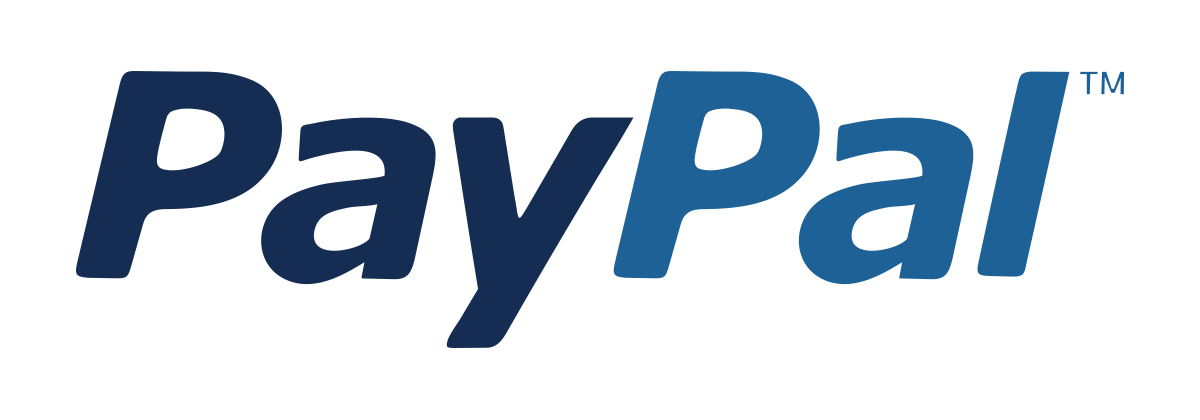Enterprise Integration: Salesforce–Oracle ERP
Master Real-World Integration Between Salesforce and Oracle Cloud/Fusion ERP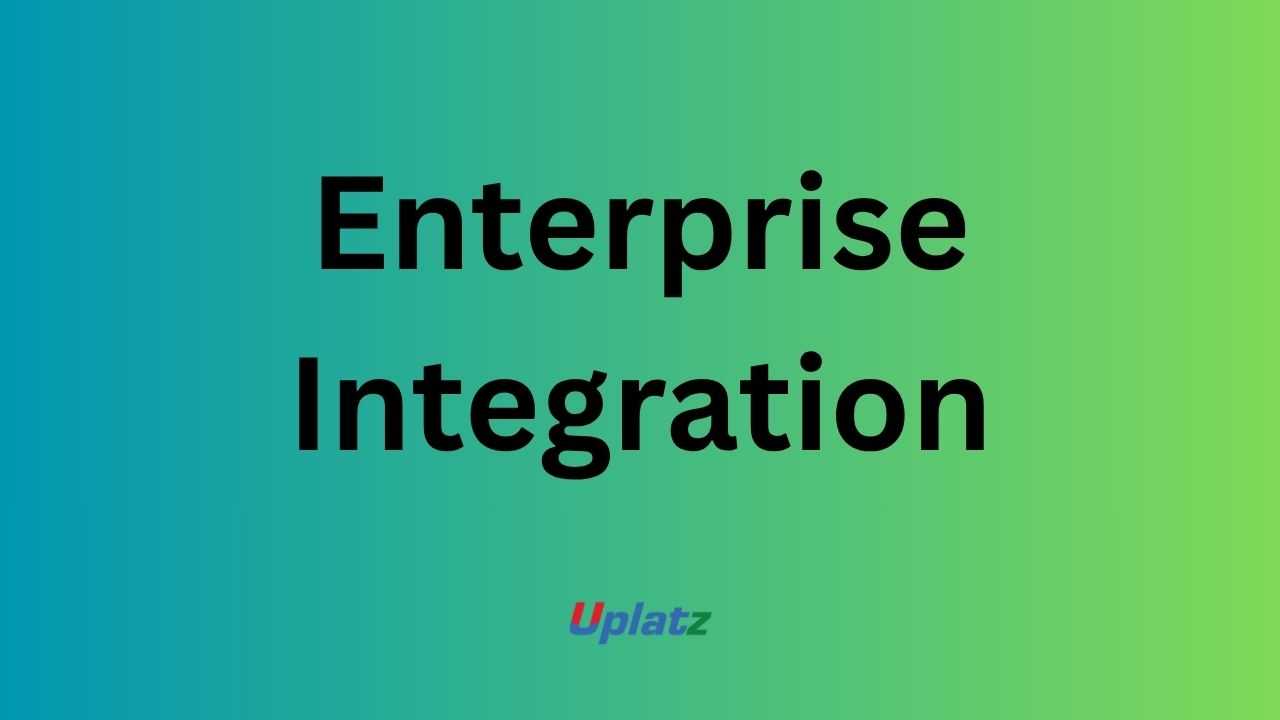 Price Match Guarantee
Full Lifetime Access
Access on any Device
Technical Support
Secure Checkout
Course Completion Certificate
Price Match Guarantee
Full Lifetime Access
Access on any Device
Technical Support
Secure Checkout
Course Completion Certificate
 97% Started a new career
BUY THIS COURSE (
97% Started a new career
BUY THIS COURSE (GBP 12 GBP 29 )-
 85% Got a pay increase and promotion
85% Got a pay increase and promotion
Students also bought -
-
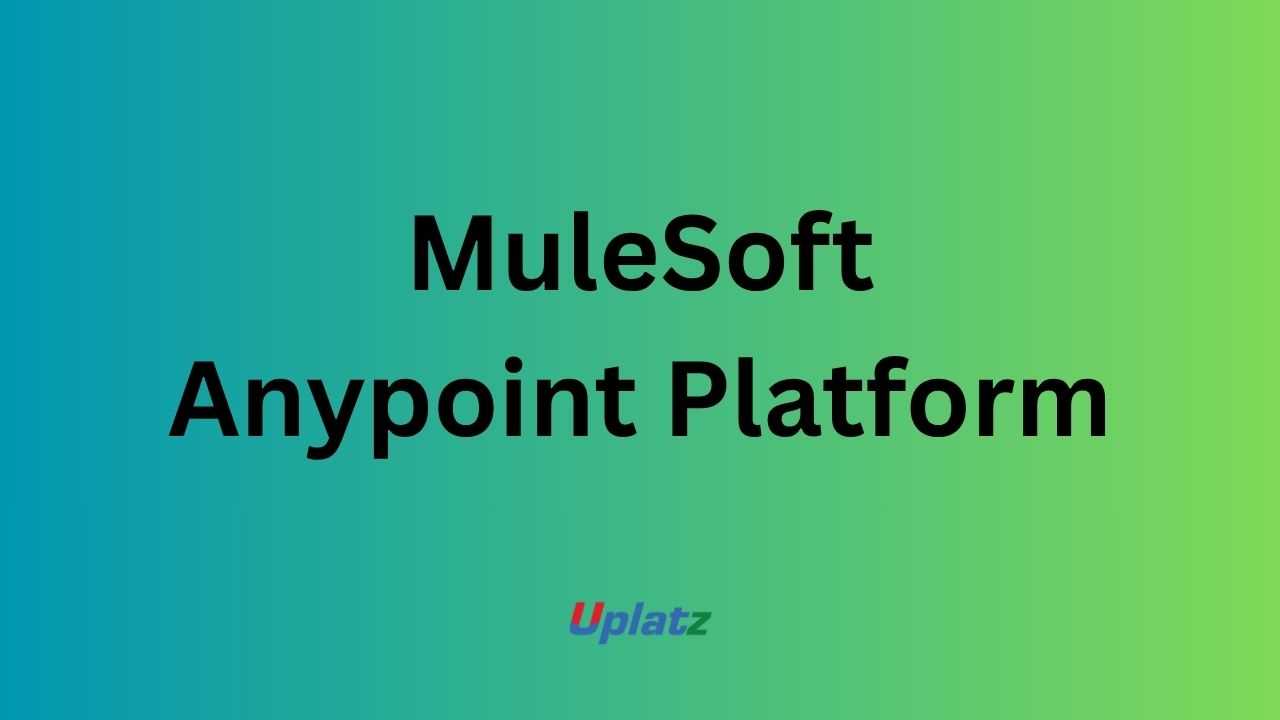
- MuleSoft Anypoint Platform (Salesforce Integration)
- 10 Hours
- GBP 12
- 10 Learners
-
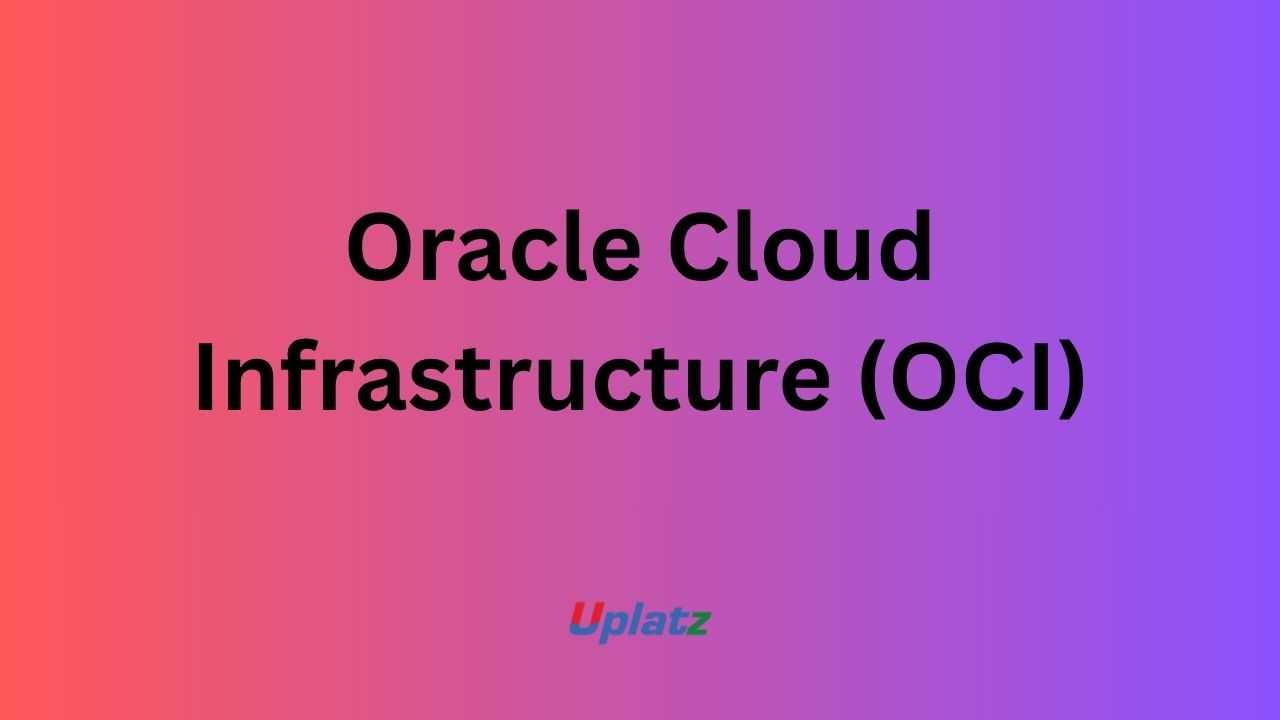
- Oracle Cloud Infrastructure (OCI)
- 10 Hours
- GBP 12
- 10 Learners
-
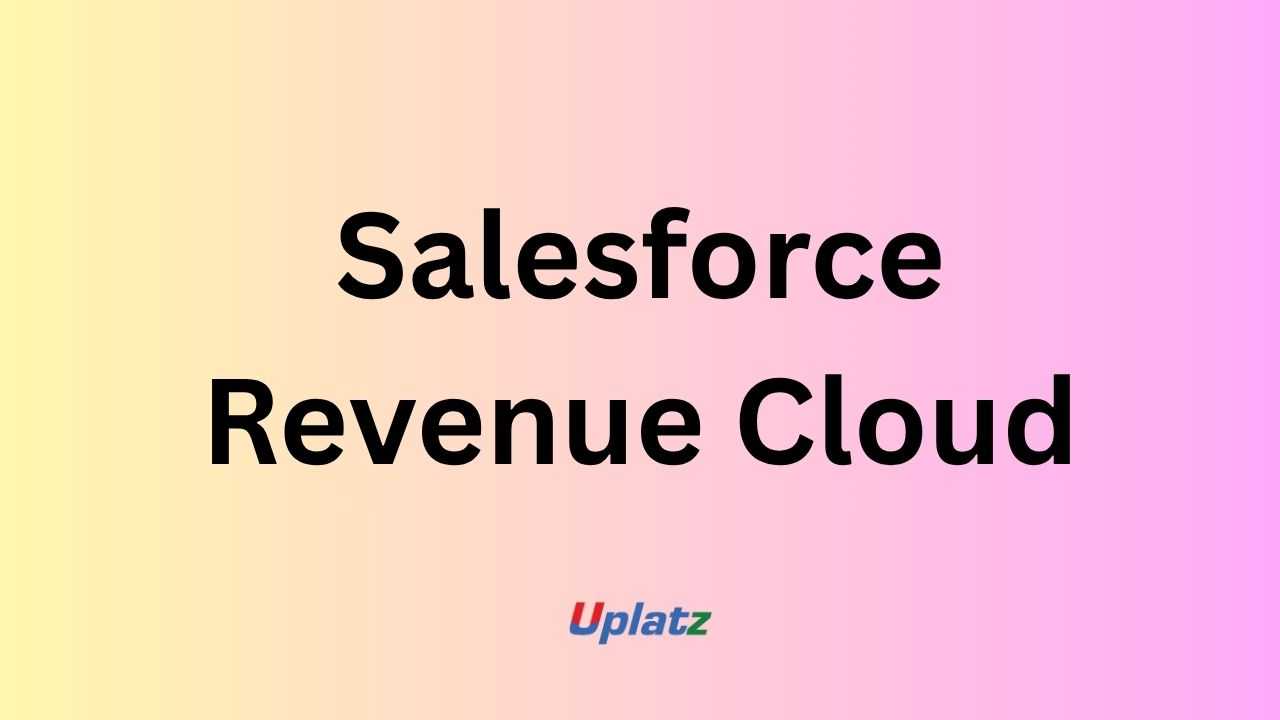
- Salesforce Revenue Cloud – CPQ & Billing Mastery
- 10 Hours
- GBP 12
- 10 Learners
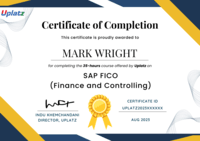
Enterprise Integration: Salesforce–Oracle ERP is a comprehensive, hands-on course designed to help professionals master the integration of two of the world’s most widely used enterprise platforms: Salesforce CRM and Oracle Fusion Cloud ERP. As businesses rely on both systems to manage customer relationships and financial operations, seamless integration between them has become mission-critical for ensuring accurate, real-time data flow across departments.
This Uplatz training program focuses on real-world integration patterns, middleware tools, and end-to-end data synchronization techniques that enable automation across the entire quote-to-cash lifecycle. Whether you are a developer, consultant, or architect, this course equips you with the practical expertise needed to build scalable, secure, and high-performance integration solutions between Salesforce and Oracle ERP systems.
🔍 What is Salesforce–Oracle ERP Integration?
In today’s enterprise environment, Salesforce CRM generally manages leads, opportunities, quotes, accounts, and customer interactions, while Oracle ERP handles finance, procurement, inventory, invoicing, order management, and accounting.
When these two systems operate in silos, businesses face challenges such as:
-
Duplicate customer records
-
Manual data entry
-
Delayed invoicing
-
Inaccurate financial reporting
-
Inefficient quote-to-order workflows
-
Poor customer visibility for service teams
Integrating Salesforce and Oracle ERP connects these disconnected processes to create a unified business ecosystem, where data flows effortlessly across teams and departments.
This course covers key integration frameworks:
-
API-based integration using REST and SOAP
-
Middleware integration using MuleSoft, Oracle Integration Cloud (OIC), Dell Boomi, Jitterbit
-
Batch and streaming data synchronization
-
Platform events and message queues
-
Custom integration through Apex, OIC flows, or MuleSoft APIs
You’ll learn how to automate key business workflows, including order creation, invoicing, payments, product synchronization, and financial updates.
⚙️ How Salesforce–Oracle ERP Integration Works
The course breaks down the integration into clear architectural layers so learners understand exactly how data moves between CRM and ERP environments.
-
Salesforce Layer
-
REST APIs, SOAP APIs
-
Outbound messages, named credentials, Apex callouts
-
Platform events, change data capture (CDC), and bulk APIs
-
-
Middleware Layer
Middlewares act as the “integration brain”:-
MuleSoft Anypoint Platform for API-led connectivity
-
Oracle Integration Cloud (OIC) for direct Oracle Fusion orchestration
-
Dell Boomi for low-code integration
-
Jitterbit Harmony for fast point-to-point flows
-
-
Oracle ERP Layer
-
Oracle Fusion Cloud REST APIs
-
Oracle Business Objects (Customer, Order, Invoice, Item, Supplier)
-
FBDI (File-Based Data Import) processes
-
Oracle BIP reports for outbound integrations
-
-
Data Mapping & Transformation
-
Field mapping between Salesforce Objects and Oracle ERP Entities
-
Data normalization, enrichment, and validation
-
Error handling and retry strategies
-
-
Security & Governance
-
OAuth 2.0, JWT, and API policies
-
Access management & IP restrictions
-
This structured approach ensures scalable integrations that support real-time, near-real-time, and batch-based data transfer based on business needs.
🏭 How Salesforce–Oracle Integration Is Used Across Industries
Integration between Salesforce and Oracle ERP is essential across major industries:
-
Manufacturing
Quote-to-order automation, parts availability, production planning, service billing -
Retail & E-Commerce
Inventory sync, order fulfillment, returns management -
Financial Services
Loan approvals, account opening, billing, revenue reporting -
Healthcare & Life Sciences
Provider management, service orders, patient billing -
Telecommunications
Subscription management, service activation, billing integration -
Technology & SaaS
Customer success, renewals, subscription invoicing -
Logistics & Supply Chain
Shipment, warehouse, and procurement automation
Companies such as Siemens, Cisco, Vodafone, Amazon, Johnson Controls, and Deloitte use Salesforce–Oracle ERP integration to support large-scale revenue operations, compliance, and cross-department workflows.
🌟 Benefits of Learning Salesforce–Oracle ERP Integration
Mastering Salesforce–Oracle integration offers significant technical and career advantages:
-
High Demand Skillset
Integration architects and consultants are in short supply and command high salaries. -
Enterprise Digital Transformation
You’ll learn skills to automate critical workflows across CRM and ERP systems. -
Cross-Platform Expertise
Work with Salesforce, Oracle Fusion, MuleSoft, OIC, Boomi, and multiple integration patterns. -
End-to-End Process Understanding
Gain deep insights into sales, order management, procurement, billing, and finance. -
Future-Proof Career
Integration roles are among the fastest-growing specializations in IT. -
Improved Business Outcomes
Enable organizations to:-
Reduce manual work
-
Improve data accuracy
-
Speed up order processing
-
Enhance customer satisfaction
-
-
Certification Readiness
Prepare for certifications such as:-
MuleSoft MCD
-
Salesforce Integration Architect
-
Oracle Cloud Integration Specialist
-
📘 What You’ll Learn in This Course
This course provides an in-depth, practical understanding of:
-
Fundamentals of enterprise integration
-
Salesforce APIs (REST, SOAP, Bulk, CDC, Platform Events)
-
Oracle Fusion Cloud ERP REST APIs and FBDI processes
-
MuleSoft API-led connectivity
-
Oracle Integration Cloud (OIC) integrations and orchestrations
-
Dell Boomi workflows and connectors
-
Data mapping between Salesforce objects and Oracle business entities
-
Error handling, exception management & logging
-
Security, authentication, and API policies
-
Designing real-time and batch integrations
-
Building quote-to-cash automation
-
Synchronizing customers, orders, invoices, products
-
Deploying integrations to production
By the end, you will be able to design and deploy enterprise-grade integrations that support high-volume data flow and mission-critical processes.
🧠 How to Use This Course Effectively
To maximize learning:
-
Start with API Fundamentals: Understand REST/SOAP, web services, integration patterns.
-
Set Up Both Environments: Configure Salesforce sandboxes and Oracle Cloud test environments.
-
Learn MuleSoft/OIC Hands-On: Build flows using guided labs.
-
Practice Data Mapping: Map customers, orders, invoices, and master data.
-
Build Real-Time APIs: Implement bidirectional communication using middleware.
-
Simulate a Quote-to-Cash Workflow: Automate opportunity → order → invoice flow.
-
Review Error Handling: Learn retry mechanisms and centralized monitoring.
-
Complete the Capstone Project: Integrate Salesforce CRM with Oracle ERP using real APIs.
Revisiting modules on security, data validation, and performance is encouraged for production readiness.
👩💻 Who Should Take This Course
This course is ideal for:
-
Salesforce Developers integrating external systems
-
Oracle ERP consultants connecting CRM and ERP
-
Integration Architects and Middleware Engineers
-
MuleSoft Developers & OIC Specialists
-
Business Analysts working on digital transformation
-
Technical Consultants implementing quote-to-cash flows
-
Job seekers targeting integration architecture roles
No prior integration experience is required — the course builds from fundamentals to advanced concepts.
🧩 Course Format & Certification
This self-paced course includes:
-
HD video demonstrations
-
Practical integration labs
-
Downloadable mapping templates
-
Real-world use cases
-
Architecture diagrams
-
Quizzes & checkpoints
-
Lifetime access
-
A Uplatz Course Completion Certificate
After completing the course, learners gain job-ready skills to support real integration projects.
🚀 Why This Course Stands Out
-
Covers Salesforce, Oracle ERP, MuleSoft, and OIC
-
Hands-on learning with real APIs and middleware
-
Strong focus on quote-to-cash automation
-
Includes enterprise-grade error handling and security
-
Perfect preparation for Integration Architect roles
-
Teaches future-proof integration patterns
This course bridges the gap between CRM & ERP systems and prepares you to support global enterprise operations.
🌐 Final Takeaway
In modern organizations, CRM and ERP cannot exist in isolation. Integration between Salesforce and Oracle Fusion Cloud ERP is essential for unified business operations — from sales and order management to invoicing and financial reporting.
The Uplatz Salesforce–Oracle ERP Integration Course gives you the skills to design, build, and deploy seamless integrations that support automation, accuracy, and real-time decision-making. Whether you’re aiming for a career in integration architecture or looking to enhance your consulting capabilities, this course provides everything you need to master enterprise connectivity.
Start learning today and become an expert in Salesforce–Oracle integration.
By the end of this course, you will be able to:
-
Understand Salesforce and Oracle ERP architectures and data models.
-
Design end-to-end integration workflows for enterprise applications.
-
Use middleware like MuleSoft, OIC, or Boomi for API-based integration.
-
Implement real-time synchronization of customer, order, and invoice data.
-
Create and consume REST and SOAP APIs for communication between systems.
-
Manage master data and metadata alignment between platforms.
-
Apply security, authentication, and error-handling practices.
-
Automate order-to-cash and financial reporting workflows.
-
Monitor integration performance using dashboards and logs.
-
Prepare for roles in enterprise integration and system architecture.
Course Syllabus
Module 1: Introduction to Enterprise Integration and System Architecture
Module 2: Salesforce and Oracle ERP Overview – Key Modules and APIs
Module 3: Middleware Fundamentals – MuleSoft, OIC, and Boomi Overview
Module 4: Designing Data Models and Mapping Strategies
Module 5: Real-Time Integration – REST and SOAP APIs
Module 6: Master Data Management and Synchronization
Module 7: Integration Security, Authentication, and Policies
Module 8: Monitoring, Logging, and Error Handling
Module 9: Performance Optimization and Scalability
Module 10: Capstone Project – Salesforce–Oracle Quote-to-Cash Integration
Upon completing this course, learners receive a Certificate of Completion from Uplatz, validating their expertise in Salesforce–Oracle ERP Integration. This Uplatz certification showcases your ability to design and implement enterprise-grade integrations connecting CRM and ERP ecosystems.
The course aligns with professional certification pathways such as MuleSoft Certified Integration Architect and Oracle Integration Cloud Specialist. It helps professionals strengthen their credentials for system integration, digital transformation, and enterprise architecture roles across industries.
The certification demonstrates proficiency in integrating complex, mission-critical systems — a high-value skill sought after in global enterprises and IT consulting firms.
As organizations increasingly adopt hybrid architectures combining Salesforce CRM with Oracle ERP, integration experts have become essential for ensuring seamless business operations. Completing this course from Uplatz prepares learners for roles such as:
-
Salesforce–Oracle Integration Consultant
-
Enterprise Integration Architect
-
API Developer / Middleware Engineer
-
Data Integration Specialist
-
Cloud Solutions Consultant
Professionals with Salesforce–Oracle integration expertise earn between $110,000 and $190,000 per year, depending on experience and platform specialization.
Career opportunities are expanding in consulting firms, Oracle and Salesforce partner organizations, and global enterprises migrating to connected cloud systems. The skills gained from this course enable you to manage critical integration workflows, automate data exchange, and optimize enterprise efficiency through unified digital ecosystems.
This knowledge also positions learners for leadership roles in system integration, automation strategy, and digital transformation projects.
-
Why is integrating Salesforce and Oracle ERP important?
It ensures seamless data flow between CRM and ERP systems, improving efficiency, data accuracy, and customer experience. -
What are common middleware options for integration?
MuleSoft, Oracle Integration Cloud (OIC), and Dell Boomi are the most commonly used platforms. -
What is API-led connectivity?
It’s an integration approach that uses APIs to connect systems in modular layers — System, Process, and Experience APIs. -
How is master data managed between Salesforce and Oracle ERP?
By synchronizing shared entities such as customers, products, and invoices using integration workflows. -
What are the main integration patterns used?
Real-time API integration, batch data synchronization, and event-driven messaging. -
What is the difference between synchronous and asynchronous integration?
Synchronous integration involves real-time data exchange; asynchronous allows delayed or queued data transfer. -
How does MuleSoft simplify Salesforce–Oracle integration?
Through pre-built connectors, visual flow design, and API management for reliable and scalable connectivity. -
What is Oracle Integration Cloud (OIC) used for in this context?
It connects Oracle ERP with external systems like Salesforce using pre-built adapters and process automation. -
How do you handle errors in integration workflows?
Using error-handling logic, retries, alerting, and logs within middleware tools like MuleSoft or OIC. -
What security methods are used for integration?
OAuth 2.0, SSL/TLS encryption, API keys, and role-based access control.







